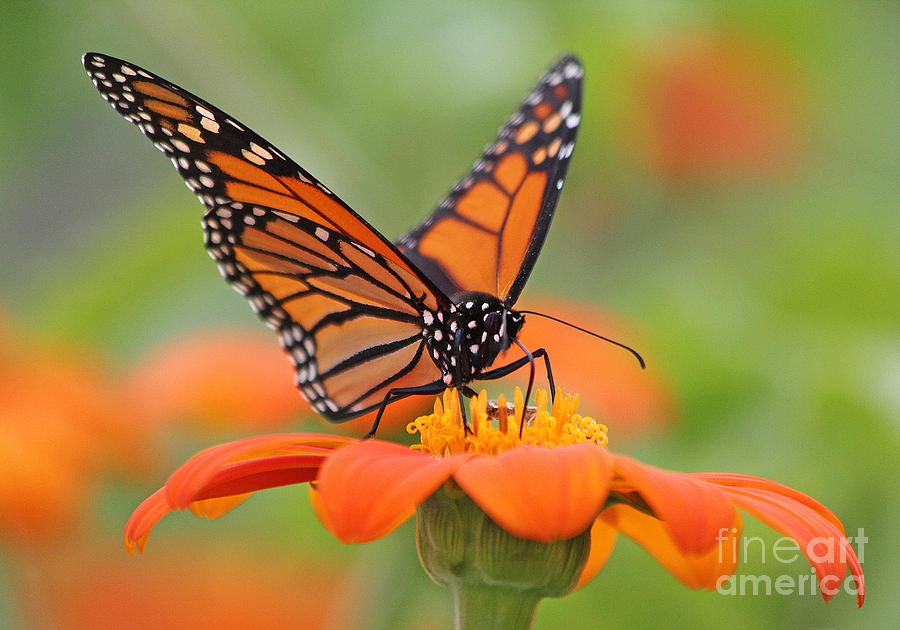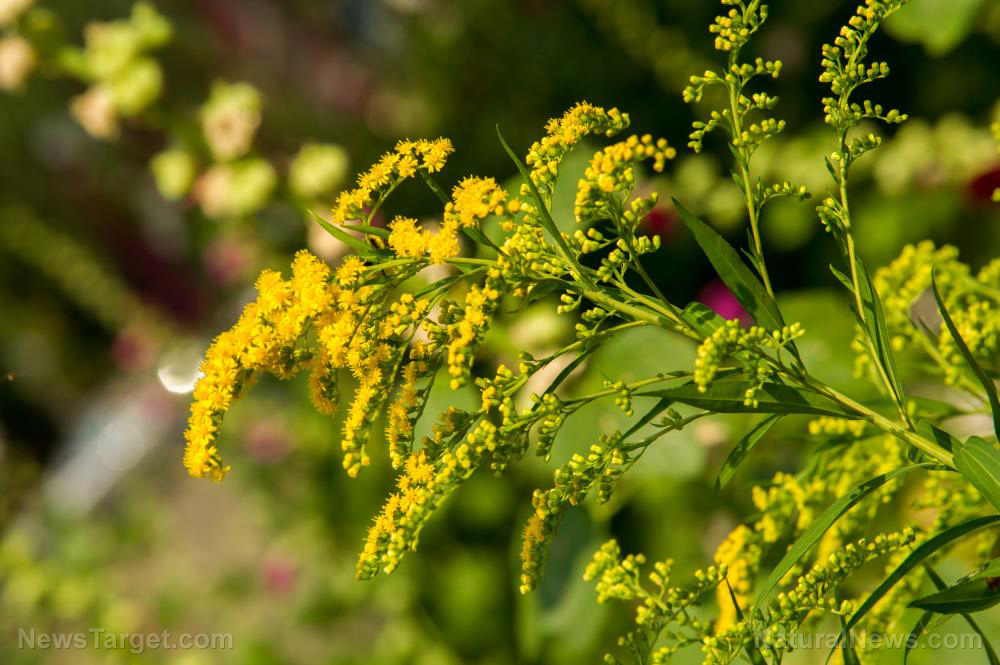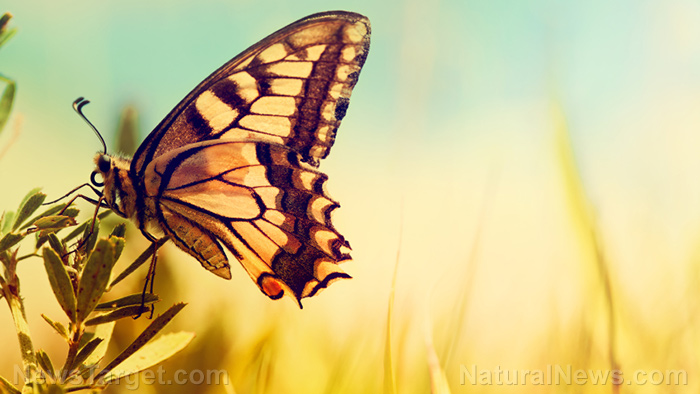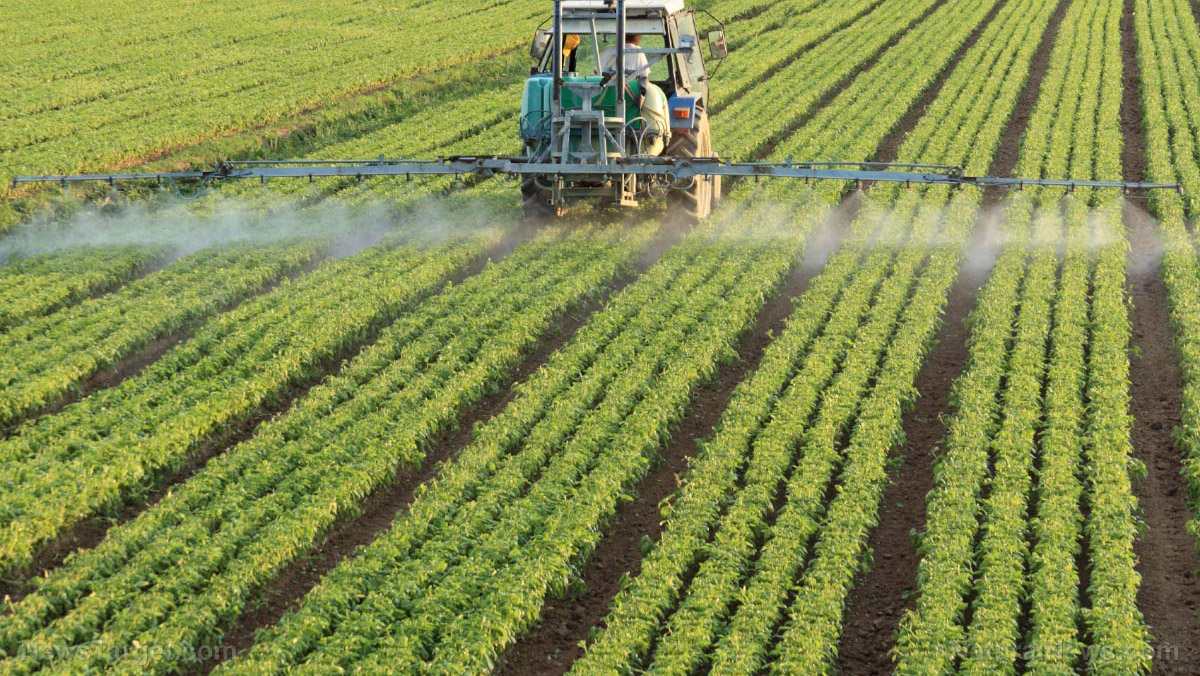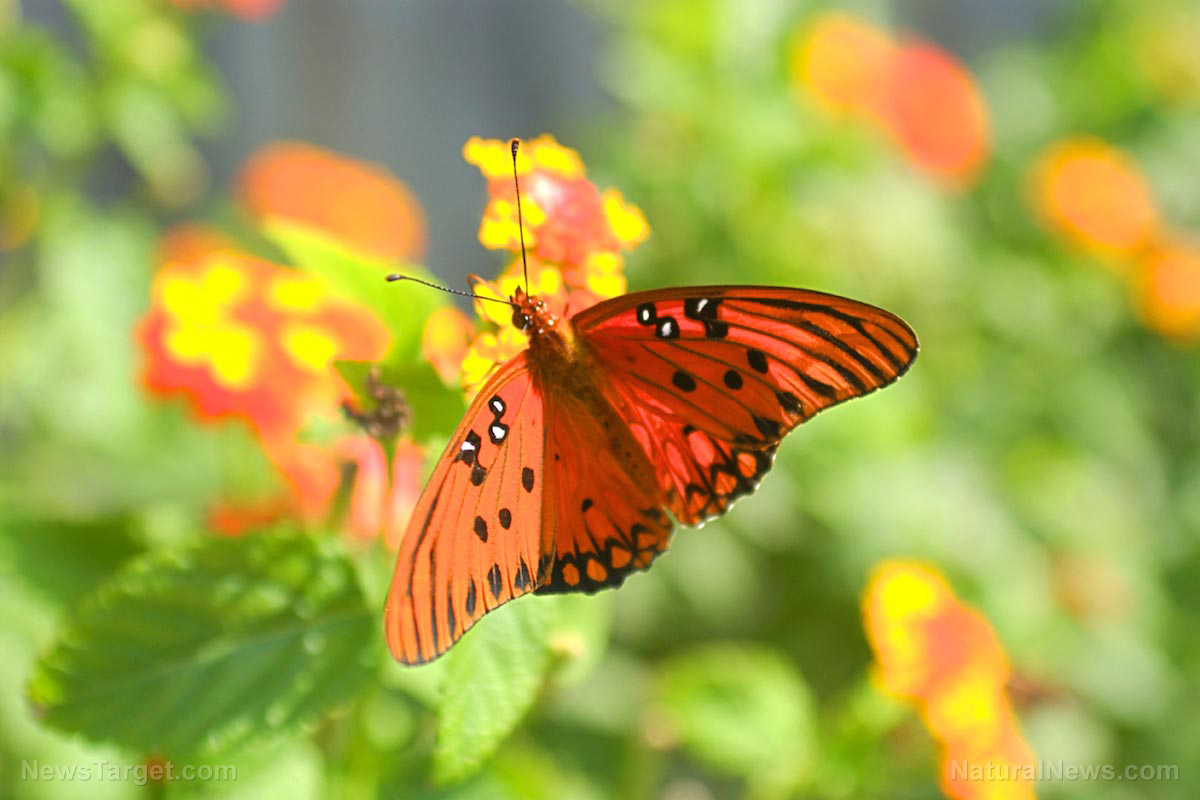
“The results show that butterflies are failing to cope with our changing climate and how we manage the environment,” Professor Tom Brereton, Head of Monitoring at Butterfly Conservation, has said. “As butterflies are regarded as good indicators of environmental health this is hugely concerning for both wildlife and people.”
Butterflies are seen as “environmental indicators” because of their quick response to slight changes in habitat and climate, states DW.com.
Studies revealed that radical shifts in the conditions in both rural and urban areas have contributed to the decreasing number of butterflies. Researchers from the University of Kent found that urban-based butterfly species were declining at a rate greater than butterflies in the countryside, 69 percent compared to 45 percent. The researchers have stated that urban parks, farms, and gardens serve as “important refuges for butterflies and other wildlife”, but civil development and habitat loss have caused these areas to shrink. Air pollution, failure to properly care for parks, and the loss of biodiversity-dense brownfield sites have been pointed out as other factors.
Brereton adds, "People with big gardens are selling spaces off for development. They're using a lot more pesticides, which has a knock-on effect for butterflies. They're putting in decking, barbeque areas and artificial surfaces."
However, the problem isn't limited solely to the UK. The rest of Europe has also seen a startling drop in the number of butterflies. A 2015 article by SBS.com.au has reported that around 50 percent of Europe's species of grassland butterflies were in rapid decline. The European Environment Agency (EAA) has cited habitat loss as the biggest cause for the drop, noting that “intensified agriculture” and “abandonment of meadowland in mountains and marshy regions” were largely to blame.
Across the Atlantic ocean, a similar dilemma is happening in the United States. The population of migrating monarch butterflies has decreased dramatically due to the use of Monsanto's Roundup herbicide and the planting of genetically engineered crops. The crops, which have been genetically engineered to be resistant to herbicide, a killer of milkweed. This plant is the only food source of the monarch butterfly caterpillar.
"Generally butterflies are in trouble. Something like seven out of ten species are in decline. There have been some conservation successes. But overall the pattern is quite gloomy," Brereton has said.
More than just indicators of a healthy environment and ecosystem, butterflies play several other key roles. According to OneGreenPlanet.org, butterflies are one of the biggest plant pollinators alongside bees. With 90 percent of plants needing pollinators to reproduce, this makes butterflies even more important to the continued survival of plants. In addition to pollination, butterflies also provide a form of pest control for plants by helping them remain disease free through the sharing of pollen across countries. As members of the food chain, butterflies serve as meals for animals like mice and birds. If the population of butterflies diminish, then these animals are going to be left without a food source.
As urban sprawls grow, butterfly numbers become smaller. Should this continue then more serious consequences may follow. Dr. Marc Botham from the Centre for Ecology and Hydrology has said, “This is becoming more and more commonplace for many of our most widespread and abundant species equating to large reductions in overall butterfly numbers with knock-on effects to their ecosystems.”
You can read more about our environment by visiting Environ.news.
Sources:
Please contact us for more information.
















